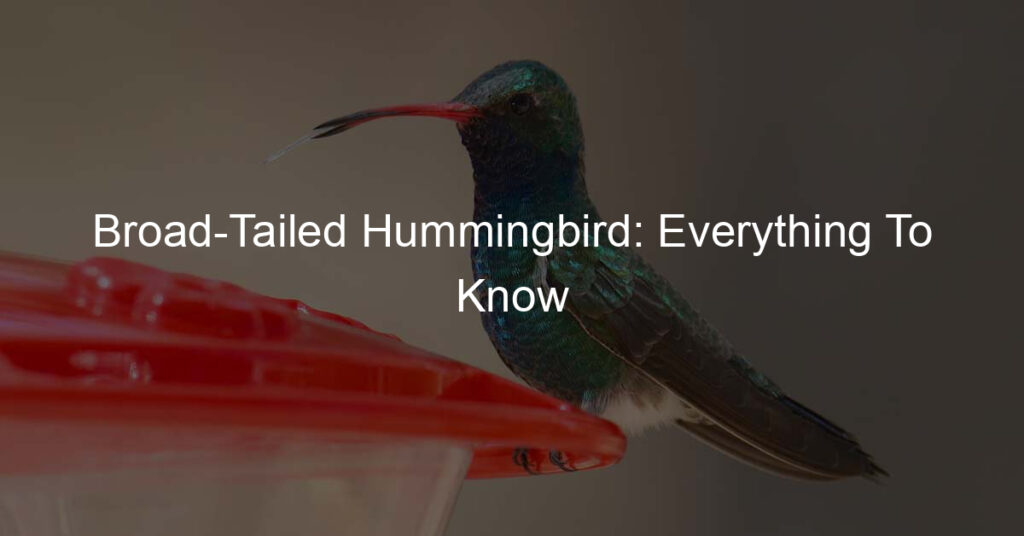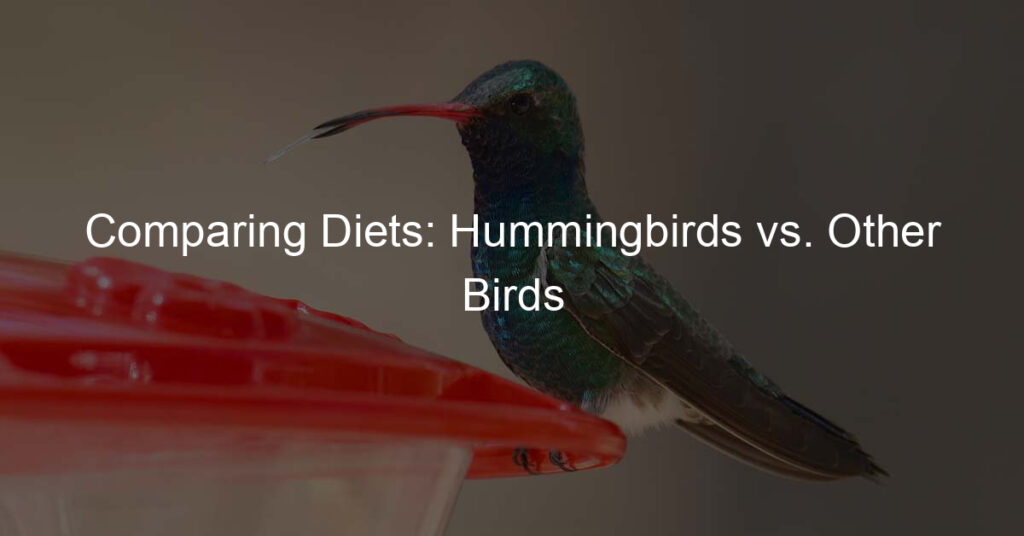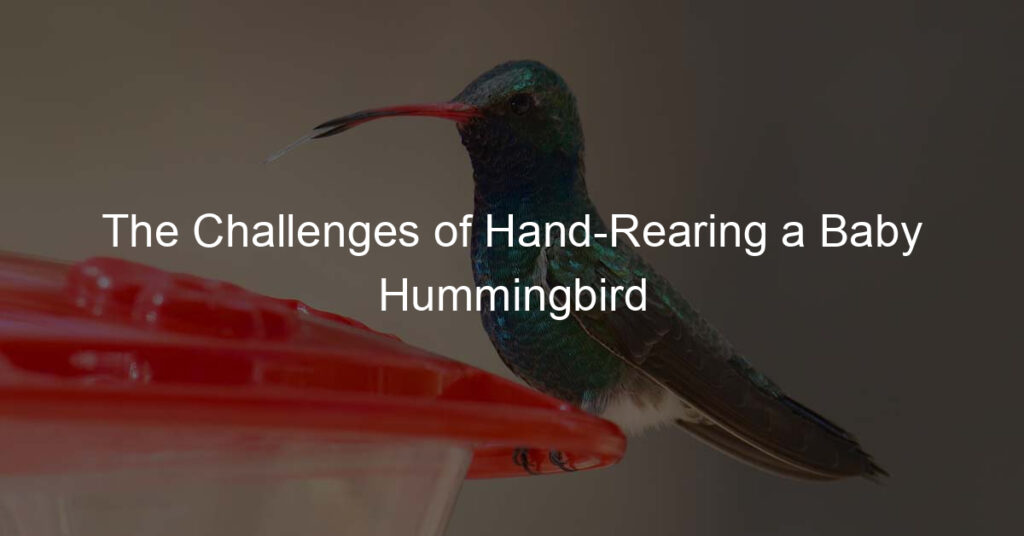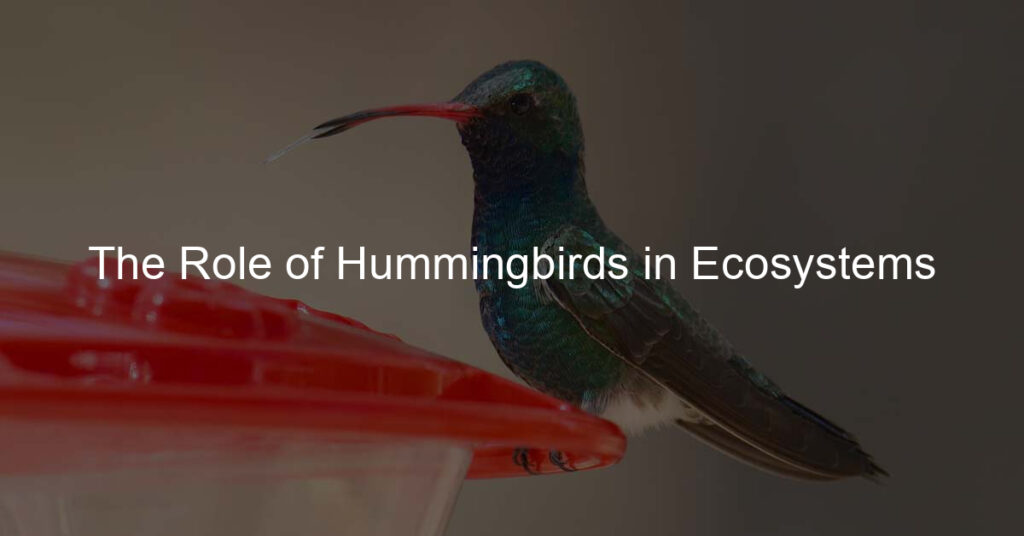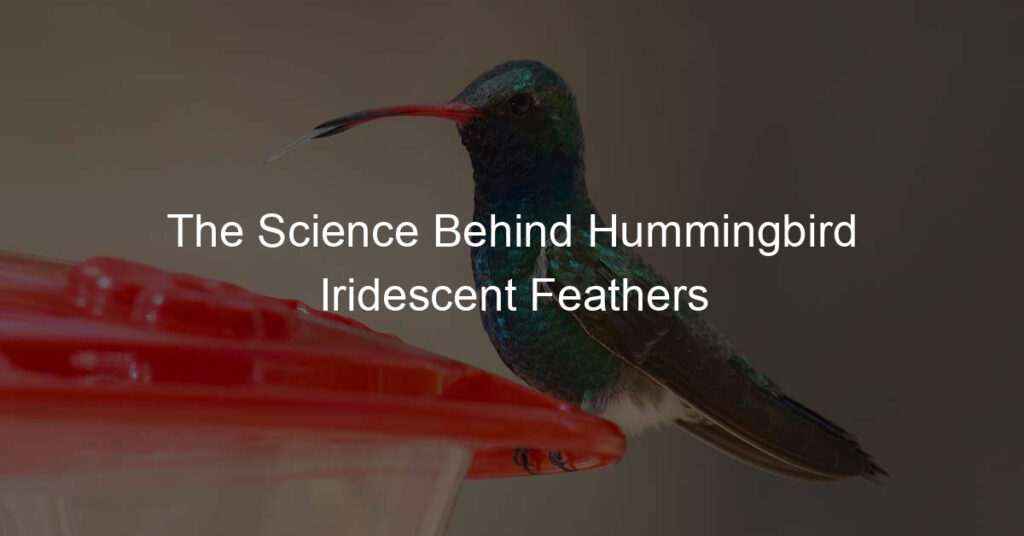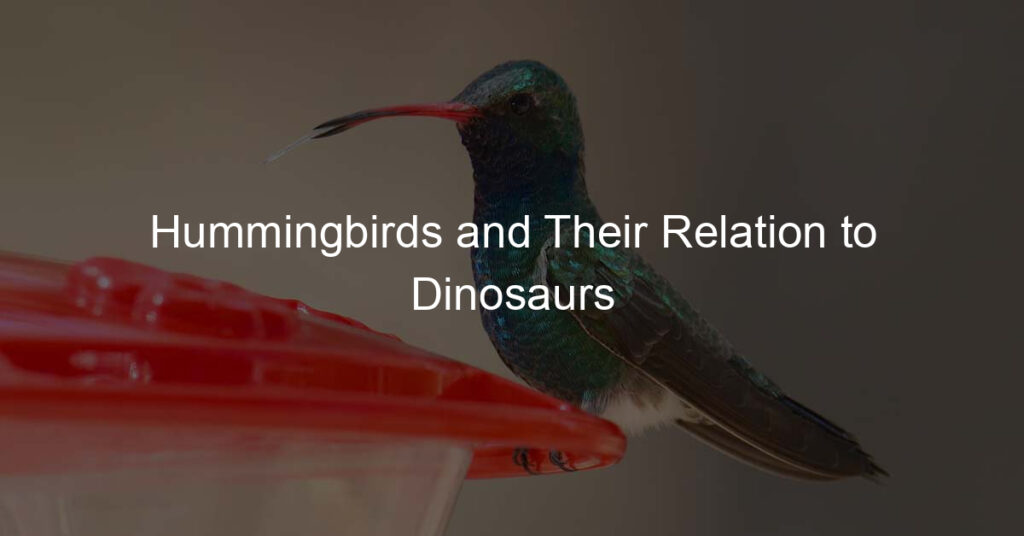Have you ever been amazed by the beauty of a hummingbird? If so, then you’ll be equally as impressed by the broad-tailed hummingbird. These tiny birds are only 3 inches in length but they have an incredible wingspan of 4 inches and can travel up to 25 miles per hour while beating their wings at up to 80 times per second! Let’s dive into everything you need to know about the magnificent broad-tailed hummingbird.
Breeding Habits
The breeding season for broad-tailed hummingbirds usually begins in April or May and lasts until August or September depending on the region they inhabit. During this period, males will engage in elaborate courtship displays to attract potential mates including aerial dives with loud vocalizations as well as flying back and forth while emitting high-pitched noises.
Once mating has taken place, both parents take turns incubating the eggs which usually hatch after two weeks; after another two weeks or so, the young birds will fledge (leave) the nest although they may still remain nearby until they gain enough strength to fly independently. This entire process can take anywhere from 20 to 30 days in total before the young birds are ready to leave the nest for good.
Learn More: 8 Types Of Hummingbirds In Georgia
Appearance
The broad-tailed hummingbirds breed is a medium-sized bird with a long, pointed beak. It has bright green feathers on its back and head, while its throat and chest are pale pink or white. Its wings are short but powerful, allowing it to hover in place for extended periods of time. The male has a distinctive red patch under its chin, which is absent in females. A rounded black tail projecting from its back completes this species’ unique look.
Broad-tailed Hummingbirds are very active birds that spend most of their time flying from flower to flower looking for nectar. They can fly up to 60 miles per hour and can hover in place for several seconds at a time. During mating season, males will often swoop down from great heights and make loud buzzing noises as part of their courtship displays. The breeding females are quite territorial and will aggressively chase away intruders that enter their nesting area.
Learn More: 6 Best Hummingbird Feeders To Keep Bees Away
Habitat & Diet
Broad-tailed Hummingbirds live in areas with plenty of flowers where they can find food easily. They prefer open habitats such as grasslands or deserts but can also be found near agricultural fields or human settlements. They feed mainly on nectar from flowers but will also eat small insects such as spiders or ants when needed. These hummingbirds migrate south each winter to warmer climates and will return north when spring arrives. During migration, they may fly as high as 10,000 feet in order to conserve energy.
Nesting Habits
In order to lay its eggs, the female broad-tailed hummingbird will build a small cup-shaped nest on a horizontal branch or in a bush. The nest is built from plant material, spider webs, and other debris—it takes her about one week to build it. During incubation, the female remains in the nest while the male defends the nesting area against intruders. After hatching, both parents feed their young by regurgitating nectar until they are old enough to fly on their own.
Learn More: How To Make A Hummingbird House
Reproduction In Broad-Tailed Hummingbird
When the breeding season begins, male broad-tailed hummingbirds establish their territory and attract mates through elaborate courtship displays. Females will build a nest out of plant materials such as grasses and feathers that have been woven together with spider webs. The female lays two eggs which are then incubated for two weeks until they hatch.
After hatching, the young birds remain in the nest for another couple of weeks before they fledge (leave) the nest. During this period, both parents take turns feeding the chicks until they can fly independently. Male broad-tailed hummingbirds attract females and males arrive at their breeding grounds earlier than females do. The nest cup diameter increases with the female’s body size, providing insulation and protection for her eggs.
Fun Facts
Read on to learn more about the Broad-tailed Hummingbird with these 10 fun facts!
1. The Broad-Tailed Hummingbird is native to western North America and can be found in Arizona, Colorado, Montana, New Mexico, Texas, Utah, and Wyoming.
2. This species of hummingbird can migrate up to 2000 miles during their migration season from August until October.
3. Male Broad-tailed hummingbirds have a unique courtship display in which they fly high into the air and then dive down rapidly before circling back up again as part of their mating ritual.
4. They mainly feed on nectar from flowers but will also eat small insects such as mosquitoes and gnats for protein.
5. The female Broad-tailed hummingbird builds her nest out of lichens, mosses, and spider webs in trees or shrubs that are at least 3 feet off the ground.
6. The average lifespan of a Broad-tailed hummingbird is 4 years old but some have been known to live up to 11 years old in captivity.
7. Their wings can beat up to 80 times per second when they are in flight!
8. These birds use their long bills to sip nectar from flowers but their tongues act like straws that help them suck up the nectar even faster than normal!
9. They can hover in midair due to their unique wing shape which allows them to move backward as well as forward while flying.
10. These birds consume around half of their body weight every day when they’re actively feeding which is why they need a lot of food sources during migration season when food is scarce.
Read More: How Long Does Hummingbird Nectar Last?
Conclusion
The Broad-tailed Hummingbird is a beautiful and unique species of bird that has many fascinating adaptations for survival in its native habitat. From their elaborate courtship displays to their impressive flying abilities, these birds are sure to be a delight for any keen birdwatcher! Their need for nectar and insects makes protecting their habitats even more important, so it’s essential to take steps to conserve the areas where these birds live.
By doing this, we can help ensure that future generations will still be able to marvel at these amazing creatures.
Read More: Do Hummingbirds Like Impatiens?

